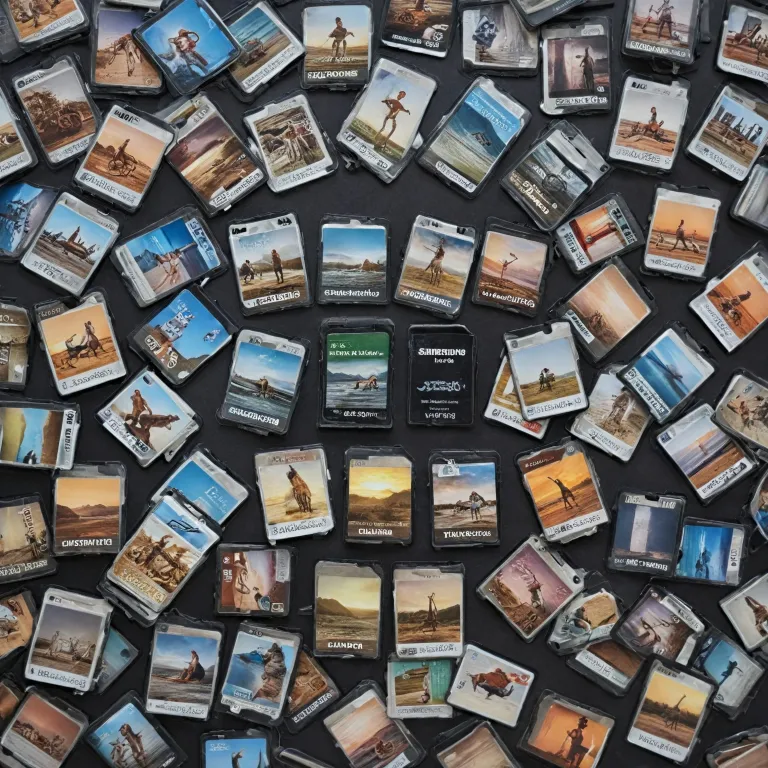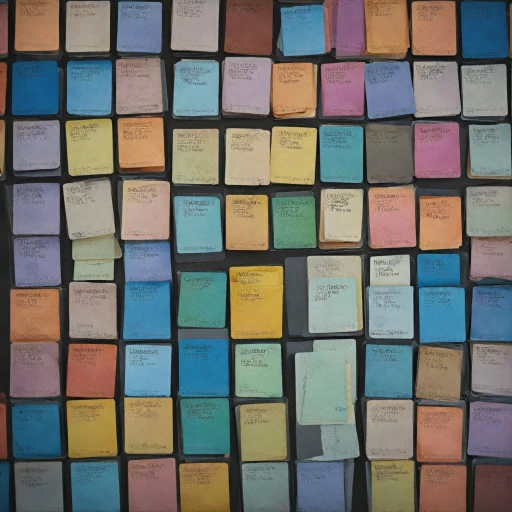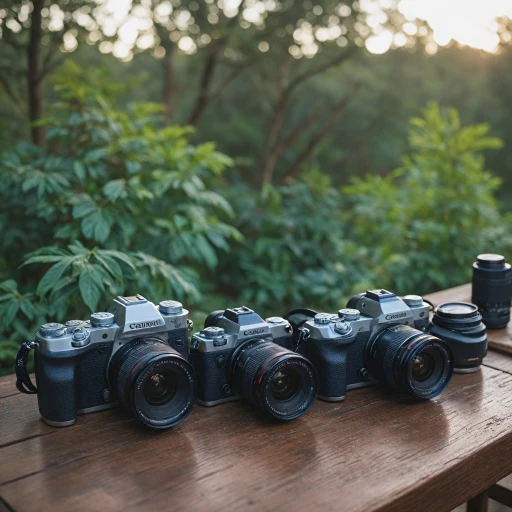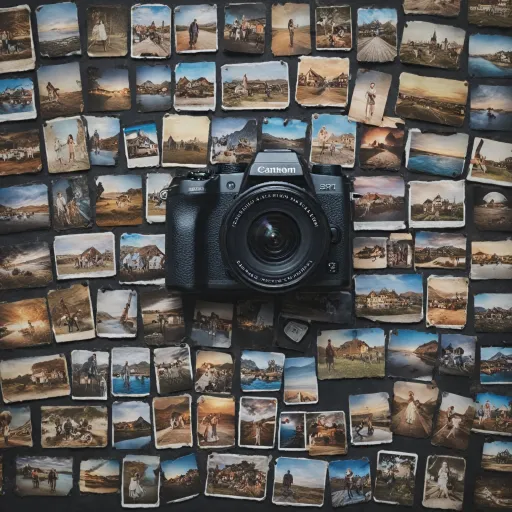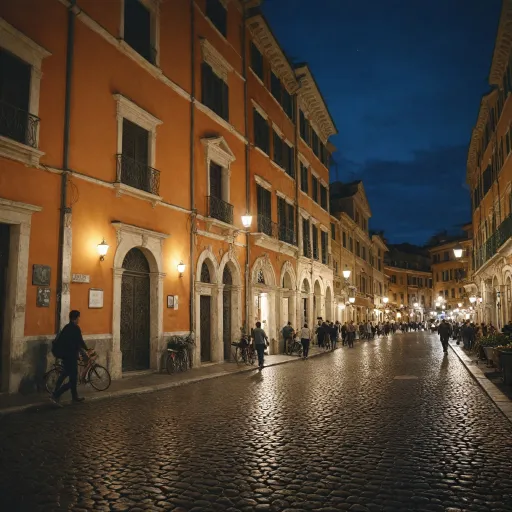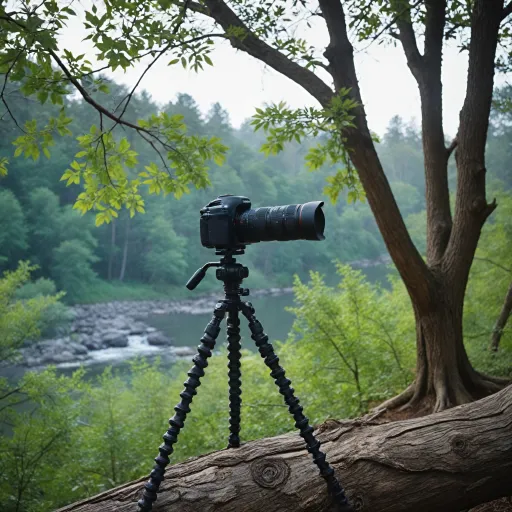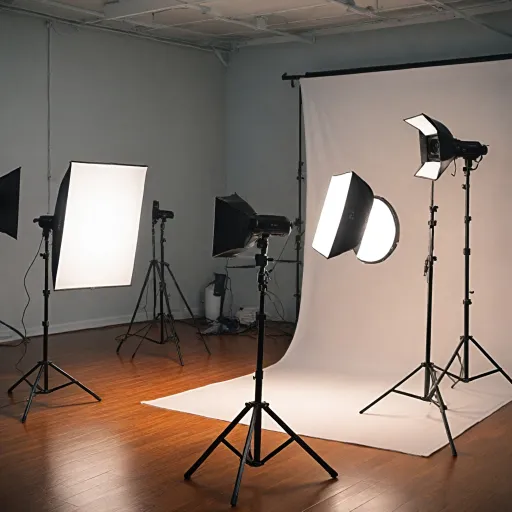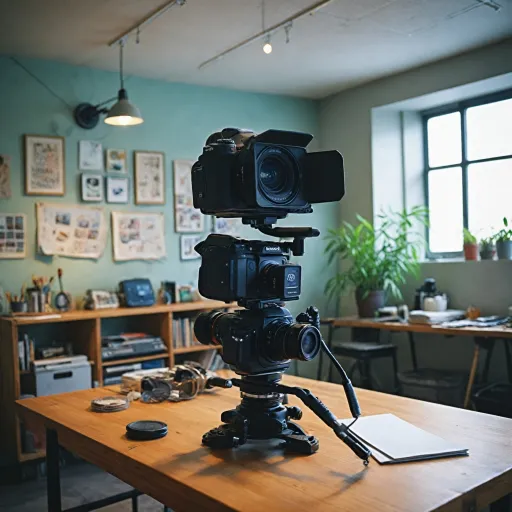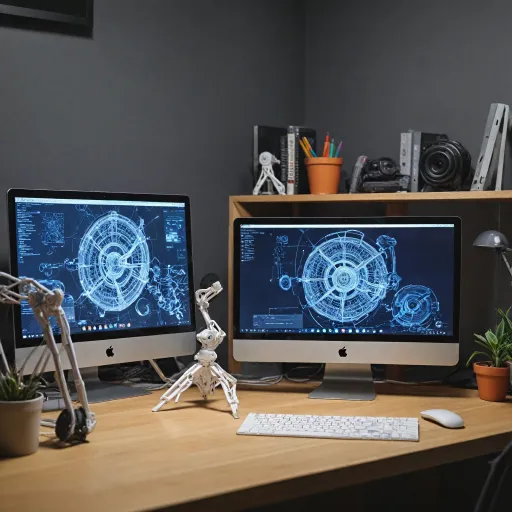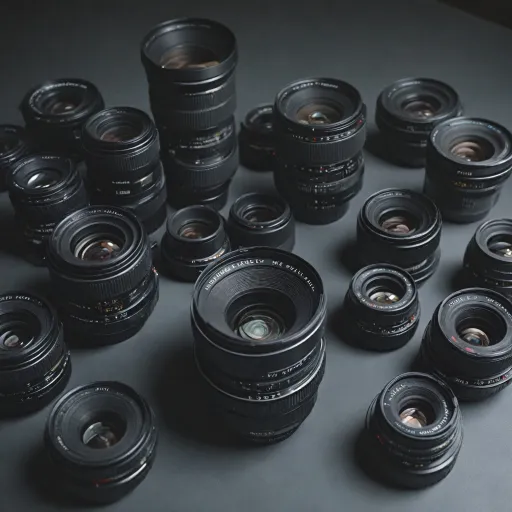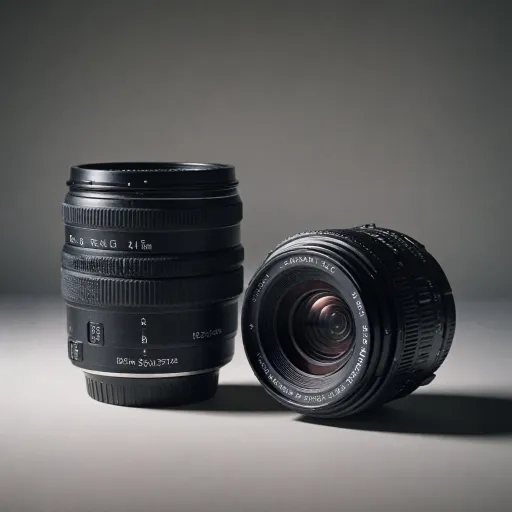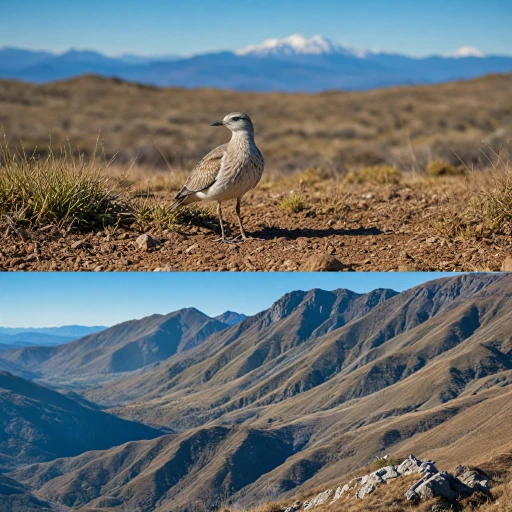
Factors Affecting Storage Capacity
Storage Space Considerations for Cameras
When it comes to determining how many photos a memory card can hold, several factors come into play. Understanding these factors can help you make informed decisions about memory cards for your camera. The total storage capacity of a card may seem straightforward—16GB is 16GB, right? However, the number of images a card can store will be influenced by various elements.
- Image Resolution: Higher resolutions mean more detail, but they also result in larger file sizes. Cameras offering 'high quality' settings capture more data, affecting how many pictures your card can store.
- File Format: Choosing between JPEG and RAW formats significantly impacts storage. JPEG images are compressed, saving space, whereas RAW files are larger as they maintain all image data.
- Compression: The degree of compression affects file size. More compression reduces image size but may diminish quality.
By taking these factors into account, you can get a clearer picture of your card's storage capacity and optimize it for the number of photos you wish to capture, ensuring your memory card best suits your needs.
Image Resolution and File Size
Resolution's Role in Photography
When discussing how many pictures a memory card can store, the concept of image resolution is crucial. Resolution refers to the number of pixels contained in each image, directly influencing the file size. In essence, the greater the resolution, the larger the file size. This means fewer images will fit on a card with limited storage capacity like a 16GB memory card.
For context, imagine a simple JPEG format photo taken at a lower resolution, such as 5 megapixels, could be around 2MB. On the other hand, a JPEG image at 24 megapixels would significantly increase in size, possibly reaching up to 12MB or more. Clearly, higher resolution photos consume more space, affecting the number of photos memory cards can hold. Predicting the exact number of pictures is challenging without considering other factors like format and compression.
Moreover, resolution is not the sole contributor to file size. The level of detail and color in your images also impacts how much space each photo occupies. For photographers and camera enthusiasts, each setting on a camera plays a role in determining how storage is utilized. To better understand this, check out this detailed guide on handling card limits.
This knowledge assists you in selecting resolutions that match your storage needs. High-quality, detailed images are tempting to capture but always balance that desire against the capacities of your memory card. Proper understanding ensures optimal use of platform potential.
JPEG vs. RAW: Impact on Storage
JPEG Versus RAW: How Each Affects Your Storage
When considering how many pictures your memory card can hold, the choice between JPEG and RAW formats is an important factor. Each format has its unique attributes that impact image file size and storage capacity on your card. JPEG, or Joint Photographic Experts Group, is a widely used format due to its compression ability, which significantly reduces file sizes. This compression means JPEG images take up less memory space, allowing you to store a larger number photos on your camera's card. The compression does, however, come at the cost of some image quality, as the process discards certain data deemed unnecessary. On the other hand, the RAW format retains all the image data captured by your camera’s sensor, preserving higher quality and more detail for post-processing. RAW files, however, are substantially larger than JPEG images. This means fewer RAW files can be stored on a memory card of the same storage capacity. For example, a standard RAW file may require five times the space as a JPEG image. Choosing between RAW and JPEG often depends on your photography goals. If you're after high-quality images and post-processing flexibility, the increased file size of RAW might be worth the reduced number of images your card can store. Photographers who prioritize quantity over absolute image fidelity might prefer the JPEG format, as it allows more photos memory storage due to smaller file sizes. For those looking to capture both quantity and quality, cameras with dual card slots can offer a solution. Utilizing one card for JPEG and another for RAW files optimizes storage space while ensuring you maintain high-quality image backups. Learn more about enhancing your photography potential by checking out this guide on overhead camera mounts.Estimating Picture Capacity
Estimating Number of Pictures a 16GB Card Can Hold
When determining how many photos a 16GB memory card can store in your camera, several factors come into play. As discussed earlier, the resolution and quality of images notably affect file sizes. Essentially, the higher the image resolution, the larger the file size, reducing the number of images your card can hold. To estimate the number of photos your memory card can hold, consider the following:- JPEG Format: Typically, JPEG images consume less space due to compression. A high-quality JPEG photo often ranges between 3MB to 6MB in size. With this, a 16GB card can hold approximately 2,700 to 5,400 JPEG images, depending on the resolution and compression settings.
- RAW Format: Camera-enthusiasts who prefer the flexibility of RAW images will note larger file sizes averaging between 20MB to 50MB per image. In this scenario, a 16GB memory card may accommodate around 320 to 800 RAW photos. The advantage of a RAW file lies in its uncompressed state, providing detailed data for post-processing.
- Combination of Formats: If you shoot in both JPEG and RAW formats, it's essential to remember that storage requirements will double, further impacting the number of photos stored on a card.
Optimizing Storage for More Photos
Maximizing Your Memory Card's Storage Efficiency
Optimizing the storage on your memory card can be crucial for photographers who want to capture as many photos as possible without constantly worrying about space. Here are some strategies to consider:- Adjust Image Resolution: Lowering the resolution can reduce the file size of your images, allowing you to store more photos on your card. While high-resolution images take up more space, adjusting the resolution to match the output needs (like web sharing) can save significant space.
- Choose JPEG Format: When practicality allows, use JPEG format instead of RAW. Although RAW files offer more post-processing flexibility, they consume more storage. JPEG compression can efficiently reduce file size, enabling more photos per card store.
- Compress JPEG Images Further: Select cameras offer multiple JPEG compression settings. Opt for higher compression if it aligns with your quality standards, reducing file size and freeing up storage capacity for a greater number of images.
- Regularly Transfer Files: To maintain an optimal number of photos space on your memory card, develop a habit of transferring files to another device or cloud storage. This ensures that your card is always ready to hold memory for new photo opportunities.
- Utilize Multiple Memory Cards: Especially during extended shooting sessions or events, carrying additional memory cards is vital. With multiple cards, you won't find yourself in a situation where your camera's storage capacity is depleted.
Choosing the Right Memory Card for Your Needs
Selecting the Best Memory Card to Fit Your Photography Needs
Choosing the right memory card for your camera involves several considerations that relate directly to the capacity to hold numerous photos and the quality at which they are stored. Here are some factors to help guide your decision:- Storage Capacity: The number of photos a card can hold dramatically varies depending on the card's capacity. For example, a 16GB memory card will store fewer images compared to a 32GB card. Evaluate how many raw images or JPEG format photos you plan to take frequently. If you're shooting high-quality, large-size JPEGs or RAW files, opting for a card with more gigabytes is wise.
- Image Resolution and File Size: Cameras today offer varying resolutions, leading to different file sizes for each image. High-resolution cameras will produce larger files which in turn reduce the card's storage capacity. Assess your camera's resolution and determine the appropriate card size needed to match your shooting habits.
- File Format: The format you choose — JPEG or RAW — also affects storage. JPEG files use compression, allowing more images to be stored, whereas RAW images, without compression, require significantly more space. Consider the balance between photo quality and the number of images you aim to store when selecting a card.
- Compatibility: Ensure the card is compatible with your camera. Not all cameras support all card formats or sizes, so review your camera's specifications.
- Brand and Speed: Card speed affects how quickly photos are written to the card and read when transferred. Faster speeds are advantageous for burst shooting and recording high-resolution videos. Choose reputable brands known for reliability and performance to avoid data loss.
